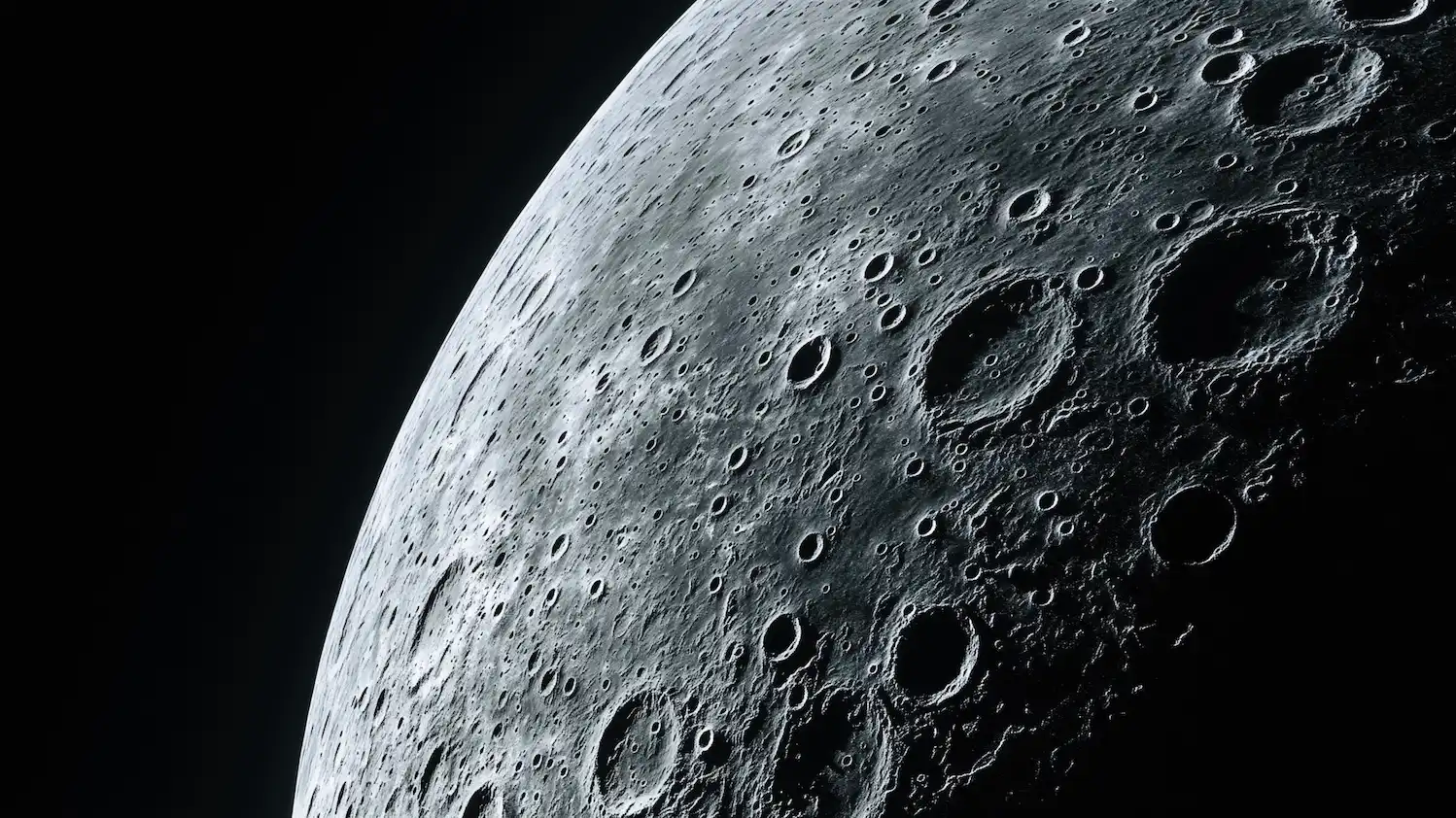Exploring the History, Processes, and Implications of Cloning Techniques
Introduction
On Titan, a distinguished elder clone settled on a wooden stool and initiated a conversation with his daughter about intriguing cloning methodologies. Cloning refers to the process of creating a genetically identical replica of a cell or an organism. This comprehensive report will delve into the history and the underlying processes of cloning, as well as the ramifications of this technology on food production and environmental stability. Additionally, the report will address the critical question of whether male animals will retain their necessity in the future if cloning becomes the predominant mode of reproduction. Moreover, this report will examine the advantages and potential challenges tied to cloning farm animals, while presenting a balanced and engaging analysis of the various perspectives surrounding this contentious subject.
A Brief History
There are two types of clones: natural clones and artificial clones. Natural cloning occurs in nature without human intervention, while artificial cloning is a biotechnological process that requires human expertise. Natural cloning transpires when organisms produce identical offspring through asexual reproduction. Plants, fungi, bacteria, and some animals (such as worms and insects) are prime examples.
On the other hand, artificial cloning is more fascinating. The history of artificial cloning boasts a rich scientific legacy spanning over a century. The entire story began in 1885, with the first-ever demonstration of artificial embryo twinning. Hans Adolf Eduard Driesch cloned sea urchins by shaking their eggs. He demonstrated that each cell in the early embryo could grow into a whole organism. Later, in 1902, Hans Spemann cloned salamanders by tying a hair around their eggs, proving that embryos from more complex animals could also be split into identical twins.
The most famous moment in the history of cloning occurred in 1997 when Scottish scientists cloned a sheep named Dolly. They utilized cells from the mammary glands of an adult sheep and an egg cell from which the nucleus had been removed. A third sheep was then employed for surrogacy. Since then, mice, cattle, goats, and other mammals have been cloned using similar methods.
Understanding the process of cloning is crucial to appreciating its significance in the fields of science and technology.
Types of cloning
Cloning can be categorized into three distinct types: Genetic cloning, Reproductive cloning, and Therapeutic cloning, each with its own unique applications and outcomes.
-
Genetic cloning primarily aims to create identical copies of DNA molecules found within chromosomes. This process enables scientists to study specific genes and better understand their functions, which has significant implications for genetic research and various medical applications.
-
Reproductive cloning is a technique employed to generate identical copies of an entire organism. This process has garnered significant attention due to its potential in the fields of animal husbandry, conservation, and other biological applications. However, reproductive cloning raises ethical concerns, particularly when it comes to the possibility of cloning humans.
-
Therapeutic cloning, on the other hand, focuses on the production of stem cells from human embryos for the purpose of treating diseases. This process involves transferring the nucleus of a somatic cell into an enucleated egg cell, which is then fused using an electric pulse. Although the methodology is similar to reproductive cloning, the intent and outcomes of therapeutic cloning are vastly different, as it is primarily aimed at advancing medical treatments rather than creating new organisms.
By understanding the distinctions between these three types of cloning, we can better appreciate their respective applications, benefits, and potential drawbacks in the scientific and medical fields.
In Food and Environment
Cloning technology has the potential to greatly improve food production by creating genetically superior animals for meat, milk, and other agricultural products. Additionally, this technology enables the development of animals that can adapt more effectively to various environments, exhibit faster growth, produce more, and demonstrate increased resistance to illnesses. The FDA’s Risk Assessment has indicated that consuming food from cloned animals is largely safe.
From an environmental perspective, cloning can contribute to increased genetic diversity, aid in the conservation of endangered species, and potentially revive extinct species using preserved DNA samples. However, the implementation of cloning technology also presents several challenges for society and the environment.
One primary concern is the high failure rate and health risks associated with cloned animals, which may result in increased costs for this technology. Furthermore, animal welfare concerns and public acceptance issues pose significant obstacles to the widespread adoption of cloning techniques.
As cloning technology advances, it is crucial to weigh its potential benefits against the associated risks and ethical concerns in order to make informed decisions about its implementation in food production and environmental conservation.
Understanding Genetic Diversity
We maintain that even if cloning were to become the primary method of reproduction, male animals would still be essential due to factors such as genetic diversity and ethical, legal, and social concerns. Genetic diversity plays a crucial role in the health of entire ecosystems. The U.S. Geological Survey asserts that genetic diversity and the portfolio effect can help protect species against global changes. The Irish potato famine serves as a stark example of the dangers of limited genetic diversity; Ireland’s heavy reliance on a single potato variety led to disaster when blight caused widespread crop failure.
Conclusion
Cloned animals share identical genes and would not undergo natural selection, potentially making them more susceptible to diseases, genetic mutations, and environmental factors. Male animals contribute half of the genetic material in offspring, thereby promoting genetic diversity. Furthermore, cloning raises ethical, legal, and social issues, as it disrupts the natural behaviors and relationships of animals, posing challenges to their rights and welfare.
While cloning farm animals may present certain drawbacks such as reduced genetic diversity, susceptibility to diseases and mutations, and various legal and social issues, we believe that the benefits outweigh the potential problems. With the ever-growing human population and diminishing farmland, more people will likely face famine and conflict. Cloning technology could help alleviate these issues by allowing animals to grow faster, develop enhanced resistance to viruses, and reproduce more quickly, potentially addressing overpopulation concerns.
Like any technology, cloning has both positive and negative aspects. Human cloning is a contentious subject with numerous potential advantages and risks. On the one hand, it could facilitate organ or tissue creation for transplantation or research and eliminate the risk of organ rejection or certain social risks. It may also provide comfort for grieving parents by offering a semblance of their lost child. However, human cloning also carries significant risks, such as increased susceptibility to genetic disorders and mental health issues for cloned individuals. Additionally, the technology could be exploited for malicious purposes, such as creating armies for large-scale conflicts, reminiscent of science fiction scenarios. Moreover, human cloning raises legal questions regarding the rights and responsibilities of clones and their donors and the potential for abuse of the technology. As such, careful deliberation is necessary when contemplating the future of human cloning.
This article is only for science sharing. All Rights Reserved. Copyright © 2023 One, RoversX
Reference
Encyclopædia Britannica, inc. (n.d.). cloning. Encyclopædia Britannica. Retrieved April 5, 2023, from https://www.britannica.com/science/cloning/Reproductive-cloning
Clone and cloning - The cloning process. The Cloning Process - Dna, Cells, Produce, and Gene - JRank Articles. (n.d.). Retrieved April 5, 2023, from https://science.jrank.org/pages/1518/Clone-Cloning-cloning-process
Genetic Science Learning Cente. (2014). The history of cloning. Retrieved April 5, 2023, from https://learn.genetics.utah.edu/content/cloning/clonezone/
Medicine, C. for V. (n.d.). A Primer on cloning and its use in livestock operations. U.S. Food and Drug Administration. Retrieved April 5, 2023, from https://www.fda.gov/animal-veterinary/animal-cloning/primer-cloning-and-its-use-livestock-operations
Tanne, J. H. (2008, January 26). FDA approves use of cloned animals for food. BMJ (Clinical research ed.). Retrieved April 5, 2023, from https://www.ncbi.nlm.nih.gov/pmc/articles/PMC2213849/
Baker, M. (2014, April 28). Stem cells made from cloned human embryos. Scientific American. Retrieved April 5, 2023, from https://www.scientificamerican.com/article/stem-cells-made-from-cloned-human-embryos/
Cloning fact sheet. Genome.gov. (n.d.). Retrieved April 5, 2023, from https://www.genome.gov/about-genomics/fact-sheets/Cloning-Fact-Sheet
Medicine, C. for V. (n.d.). A Primer on cloning and its use in livestock operations. U.S. Food and Drug Administration. Retrieved April 9, 2023, from https://www.fda.gov/animal-veterinary/animal-cloning/primer-cloning-and-its-use-livestock-operations
Why is genetic diversity important? Why is Genetic Diversity Important? | U.S. Geological Survey. (n.d.). Retrieved April 9, 2023, from https://www.usgs.gov/news/why-genetic-diversity-important


